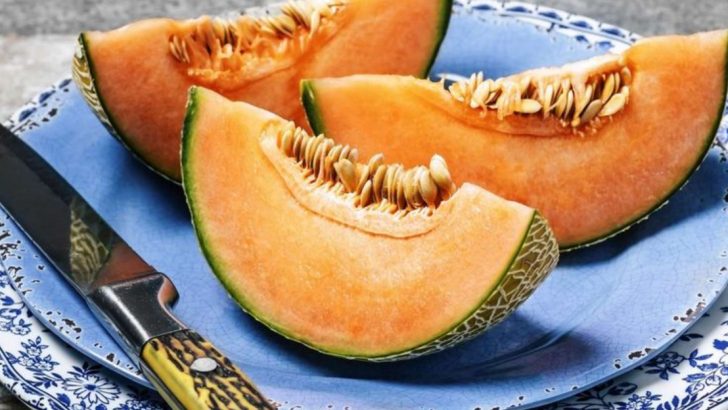Standing in the produce section, staring at a pile of cantaloupes can feel like a guessing game.
Is this one ripe? Will that one taste sweet or disappoint? No worries!
With a few simple tricks, you’ll become a cantaloupe-picking pro in no time. These seven tips will help you spot the juiciest, sweetest melons every single time.
1. Give It A Good Sniff
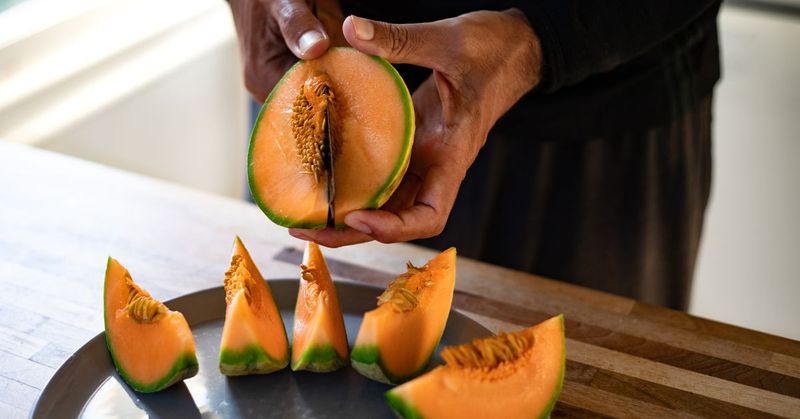
Your nose knows best when it comes to cantaloupe hunting! A ripe melon gives off a sweet, musky aroma at the stem end that practically screams “take me home!”
If you can’t smell anything, walk away—that melon isn’t ready yet. The stronger the sweet smell, the riper and juicier your cantaloupe will be.
2. Check The Color Under The Netting
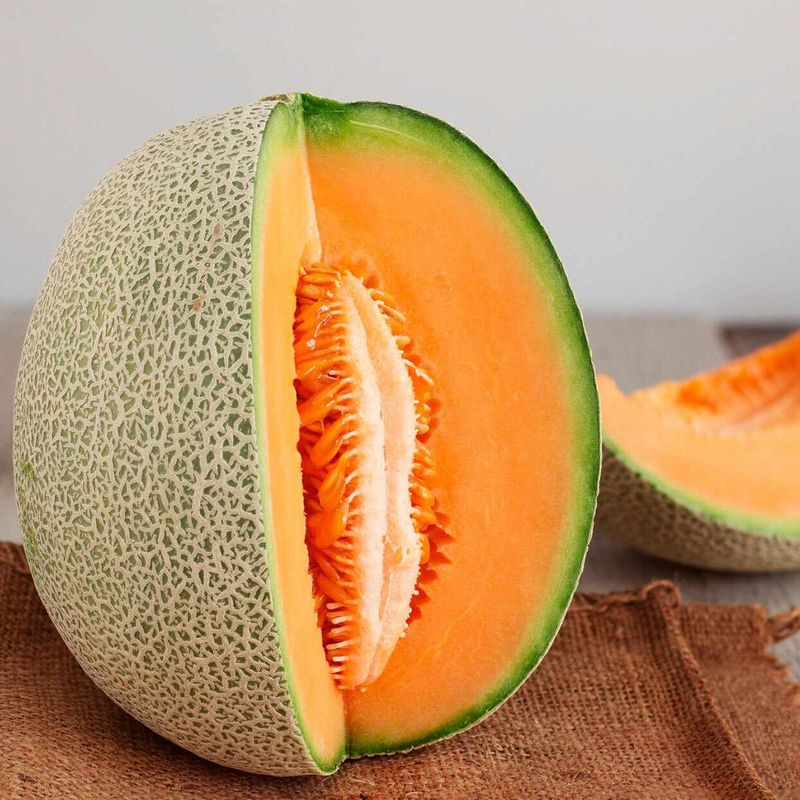
Peek beneath that webby exterior! A ripe cantaloupe shows a golden-yellow or creamy undertone beneath its netting, not green or whitish.
The deeper that golden hue, the sweeter your melon will taste. Green patches? That’s your cue to keep looking—that cantaloupe needed more time on the vine.
3. Tap And Listen For The Right Sound
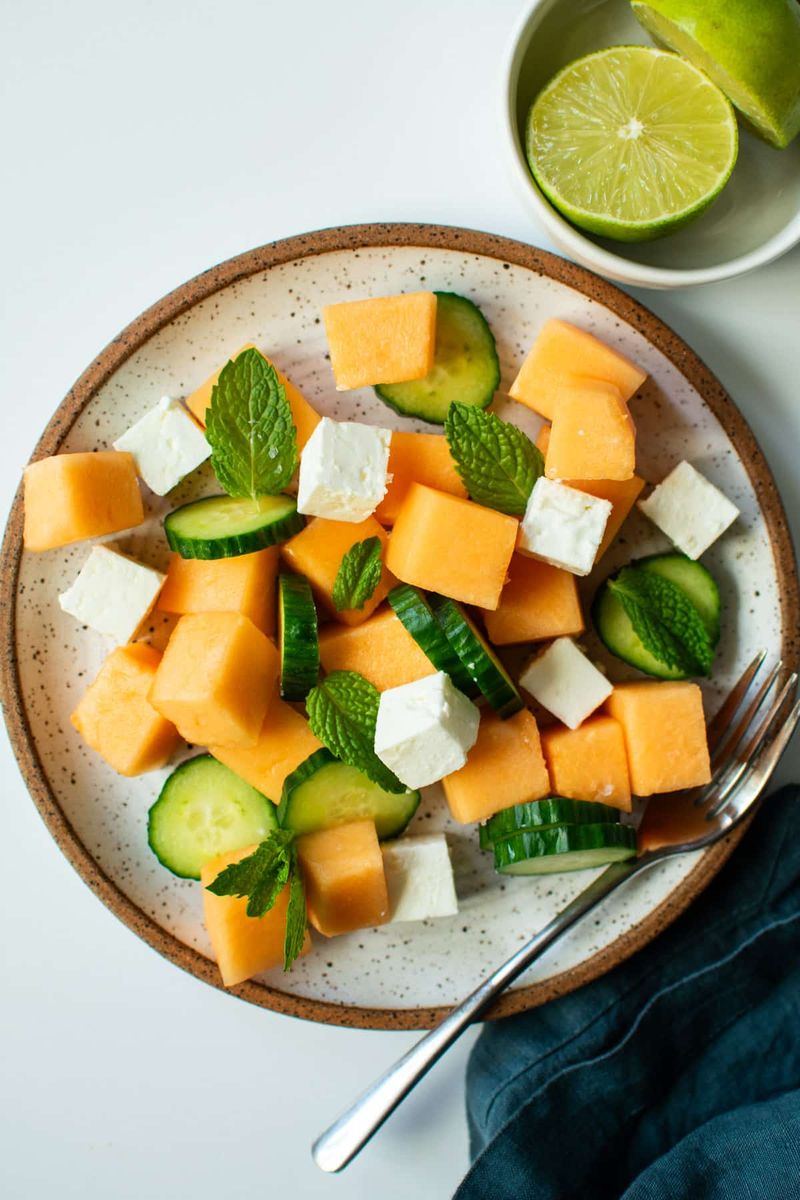
Channel your inner melon whisperer! Give that cantaloupe a gentle knock with your knuckles. Ripe ones respond with a deep, hollow sound—like thumping a watermelon but more subtle.
Unripe melons sound too solid and dull. Too hollow might mean overripe. The perfect middle ground is what you’re after.
4. Feel For The Perfect Firmness
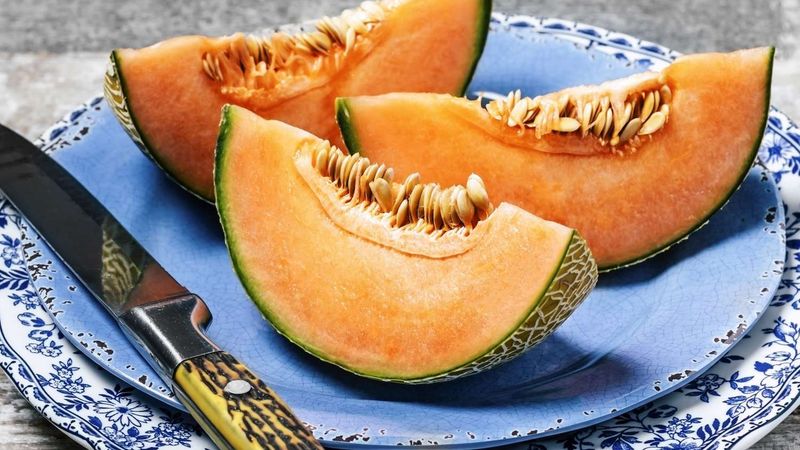
Squeeze gently! A perfectly ripe cantaloupe yields slightly under thumb pressure at the blossom end (opposite the stem)—not rock-hard, not mushy.
Think of it like testing an avocado. Too firm means it needs more time to ripen. Too soft? You’ve missed the sweet spot and it might be overripe inside.
5. Examine The Stem End
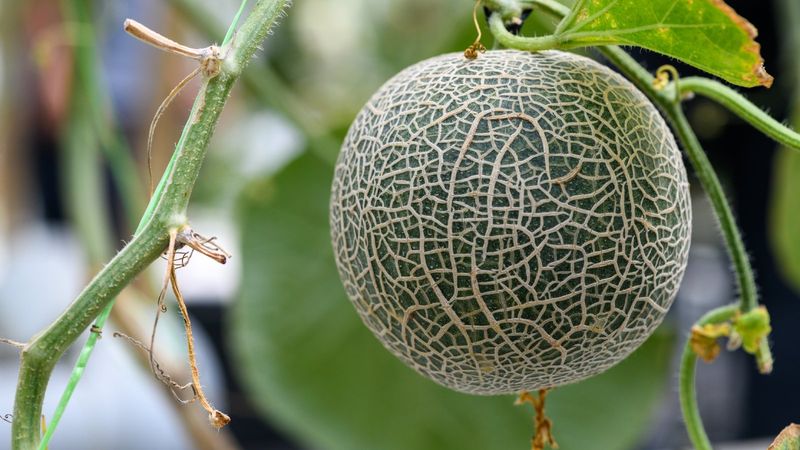
That little belly button tells quite a story! The stem scar should be smooth, slightly indented, and clean—showing the melon naturally separated from the vine when ripe.
If you spot bits of stem still attached, the cantaloupe was likely picked too early. A perfect stem end means perfect timing from farm to your fruit bowl.
6. Weigh It In Your Hands

Hefty melons win the sweetness contest! A ripe cantaloupe feels surprisingly heavy for its size, signaling it’s packed with juice and sugar. Compare similar-sized melons by holding one in each hand.
The heavier one typically has more water content and developed sugars. Your taste buds will thank you for this simple gravity test!
7. Look For Symmetry And Webbing

Beauty isn’t everything, but shape matters! The most delicious cantaloupes tend to have even, symmetrical forms with well-defined, raised netting patterns covering the entire surface.
Lopsided melons or those with smooth patches often developed unevenly. The more pronounced and uniform the webbing, the sweeter and more consistent the flesh inside.

